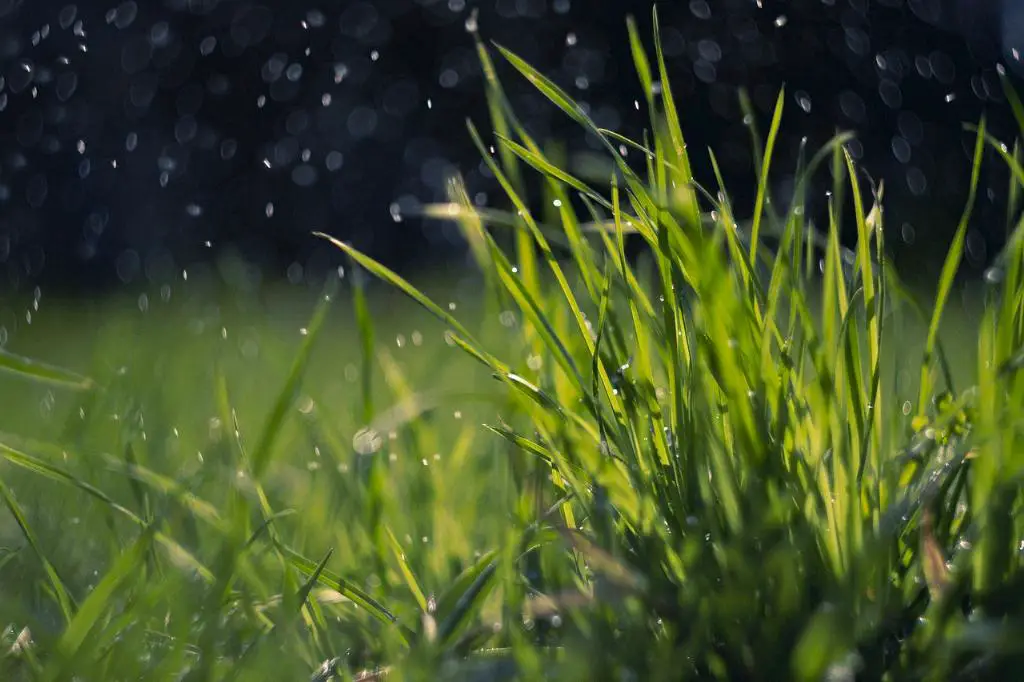Lime has long been recognized as a valuable soil amendment for lawns, providing numerous benefits that can lead to a healthier and more vibrant yard. One of the primary advantages of using lime is its ability to neutralize soil acidity, which can be detrimental to grass and plant growth.
Improves Soil Quality
By adding lime to your lawn, you can improve soil quality by balancing pH levels and making essential nutrients more available to the grass roots. This leads to better absorption of nutrients, promoting stronger and healthier grass growth.
Enhances Nutrient Uptake
The calcium and magnesium content in lime can enhance the uptake of vital nutrients such as nitrogen, phosphorus, and potassium by the grass, promoting lush and green foliage. This can result in a more resilient lawn that is better equipped to withstand environmental stressors.
Prevents Soil Toxicities
Lime can also help in preventing soil toxicities by binding to harmful elements and reducing their availability to plants. This detoxifying effect can create a safer environment for your lawn and minimize the risk of nutrient imbalances that can harm the grass.
Addresses Common Lawn Issues
Many common lawn issues, such as moss growth, weed infestations, and poor grass health, can be alleviated through the application of lime. By correcting soil pH imbalances, lime can create an environment that is less conducive to these problems, leading to a more aesthetically pleasing lawn.
Encourages Beneficial Microorganisms
Adding lime to the soil can also encourage the growth of beneficial microorganisms that play a crucial role in maintaining soil health. These microorganisms aid in nutrient cycling, decomposition of organic matter, and overall soil structure improvement.
Supports Overall Lawn Health
Ultimately, the use of lime can support the overall health of your lawn by creating a balanced and nutrient-rich soil environment that is conducive to robust grass growth. This can result in a greener, lusher lawn that is more resistant to pests, diseases, and environmental stresses.
When to Apply Lime
It is recommended to conduct a soil test to determine the pH levels of your lawn before applying lime. Generally, late fall or early spring is the ideal time to apply lime, as the soil is more receptive to amendments during these periods. Regular applications every few years may be necessary to maintain optimal soil pH levels.
Conclusion
In conclusion, lime can be highly beneficial for lawns, offering a range of advantages that contribute to healthier grass growth and improved soil quality. By understanding the benefits of using lime and applying it at the appropriate times, you can cultivate a lush and vibrant lawn that enhances the beauty of your outdoor space.

